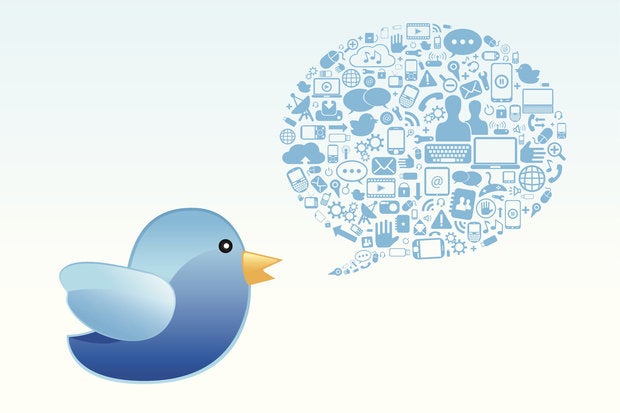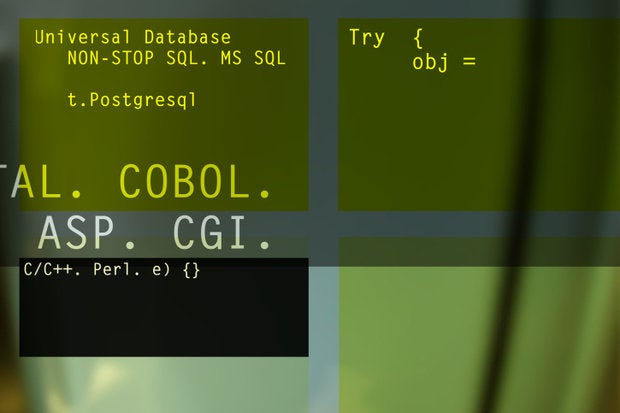
Microsoft and IBM are raising prices, which enterprises can easily absorb
After years and years of competitive price cuts, Microsoft is hiking
prices on its cloud computing service. IBM is also adjusting prices
upward.
Over the last several years, cloud prices have dropped significantly
as cloud providers sought to grab more market share. It became so
routine that I stopped reporting on such price drops: Another price cut?
Who cares?
I suspect we'll see some more price increases in 2015
and 2016, for the simple fact that cloud providers are under pressure to
make actual money, not simply gain market share. The margins are likely
razor thin, so price hikes are the only way to increase cash flow now
that the demand is on a path of steady growth. As cloud providers lock
in customers, they are bound to raise prices, much like large enterprise
software providers have done for enterprise licenses.
Most
enterprises are not sensitive about cloud service prices. They are
getting smarter about how to get value from the cloud, and they have
better cost models, so they understand that even a pricier cloud is
still good deal.
Indeed, with the related costs of talent,
training, and network upgrades, the expense of cloud subscriptions are
only a drop in the bucket. I create these cost models often, and I
rarely see the cost of cloud services make much of a difference, all
things considered -- at least not yet.
I expect the hikes will continue, but I also expect the prices won't rise so fast that they drive customers to competitors.
The
industry's 800-pound gorilla, Amazon Web Services, has not made any
price-hike announcements. When it does, you know the trend to higher
cloud pricing is the new normal.
Source:
http://www.infoworld.com






































